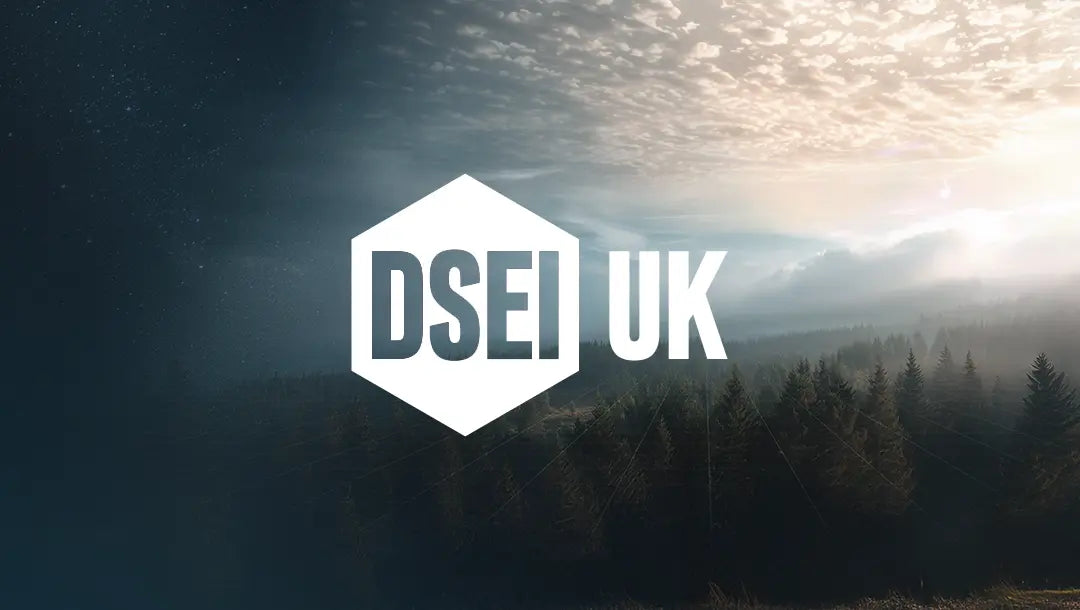The energy at DSEI 2025 was unmistakable. From the moment the doors opened at ExCeL London, it was clear this year’s defence expo wasn’t just about showcasing hardware—it was about redefining the future of warfare through autonomy, intelligence, and integration. With 1,600 exhibitors and over 60,000 attendees—despite transport disruption across the UK capital—the scale and urgency of innovation were impossible to ignore.
For ePropelled, the week marked a strategic inflection point. Our intelligent power and propulsion systems are increasingly recognised as critical enablers of autonomy across air, land, and sea. The conversations I had—from defence ministries to OEMs—reflected a clear shift: propulsion is now central to mission flexibility, energy resilience, and multi-domain integration.

Air: Tactical UAVs and Indo-Pacific Readiness
The Royal Navy’s announcement of a hybrid airwing by decade’s end was a headline moment. But equally significant were recent trials aboard HMS Prince of Wales, where smaller fixed-wing and rotary UAVs demonstrated shipborne ISR and resupply capabilities. These platforms demand propulsion systems that are lightweight, efficient, and integration-ready—precisely where ePropelled’s hybrid-electric architecture excels.
Our session with Orbital UAV explored hybrid propulsion synergies and Indo-Pacific deployment readiness. With growing emphasis on modularity and endurance, the need for intelligent energy management is clear. UKRSPECSYSTEMS’ PD-2 and SHARK UAVs—now expanding through UK investment and a new production license in Poland—reinforce the trend toward sovereign capability paired with multinational integration.
Land: Tactical Flexibility and Scalable Power
On land, the British Army’s £2.4 billion allocation under the Land Industrial Strategy prioritised autonomous systems and robotic platforms. Milrem Robotics’ THeMIS and HAVOC RCV exemplified this shift—electric-powered, low-signature, and built for tactical flexibility. Tata Advanced Systems’ collaboration with Milrem on HAVOC further highlighted the convergence of indigenous innovation and multinational engineering.
ePropelled’s propulsion systems are increasingly embedded in these platforms, supporting mission-adaptive energy delivery and seamless integration with autonomous control systems. Tactical discussions with BALTIC VIPER reinforced the importance of regional defence integration and scalable power solutions that can be rapidly deployed and locally maintained.
Sea: Modular Autonomy and Energy Resilience
Kraken Robotics’ K3 SCOUT USV drew attention for its modular design and multi-role capability. Naval autonomy is no longer conceptual—it’s operational planning. Our dialogue with L3Harris Technologies focused on propulsion telemetry and energy resilience—critical for platforms operating in contested maritime environments.
ePropelled’s hybrid engine technologies are increasingly evaluated for these roles, offering low acoustic signatures and dynamic power modulation across variable duty cycles.
Closing Reflections
DSEI 2025 wasn’t just a showcase—it was a signal. Defence is evolving fast, and autonomy is at its core. For ePropelled, the mission is clear: deliver intelligent propulsion that empowers intelligent systems. The future isn’t crewed or uncrewed—it’s hybrid, adaptive, and relentlessly innovative.



Share:
Blue UAS Program: Common-Sense Standards for a Fragmented Industry
International Drone Dominance: a NATO Blueprint for the Next Decade